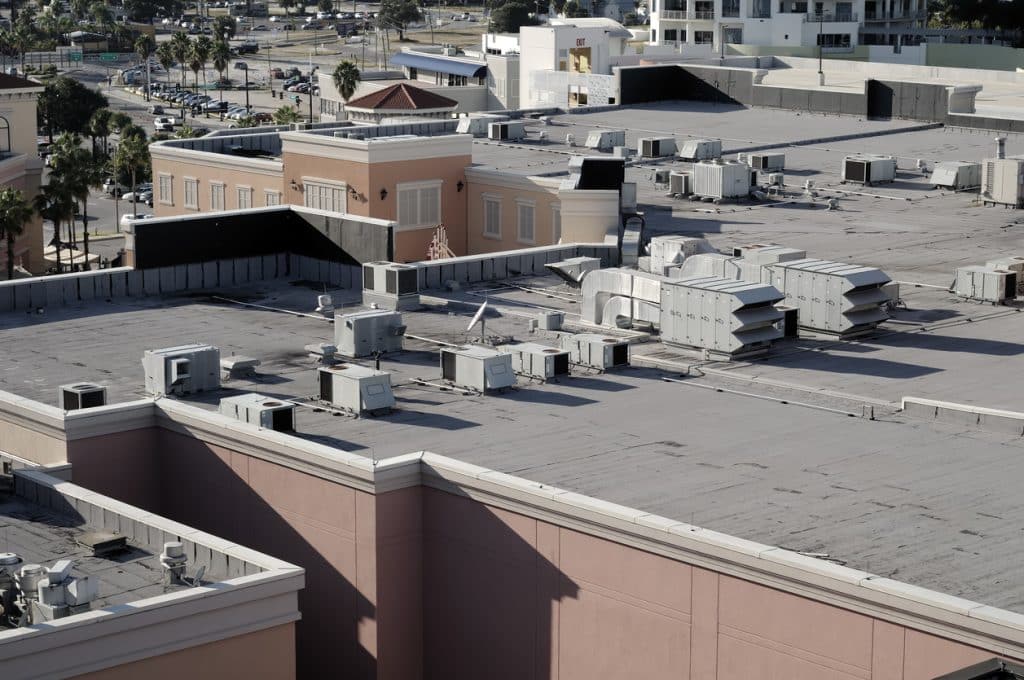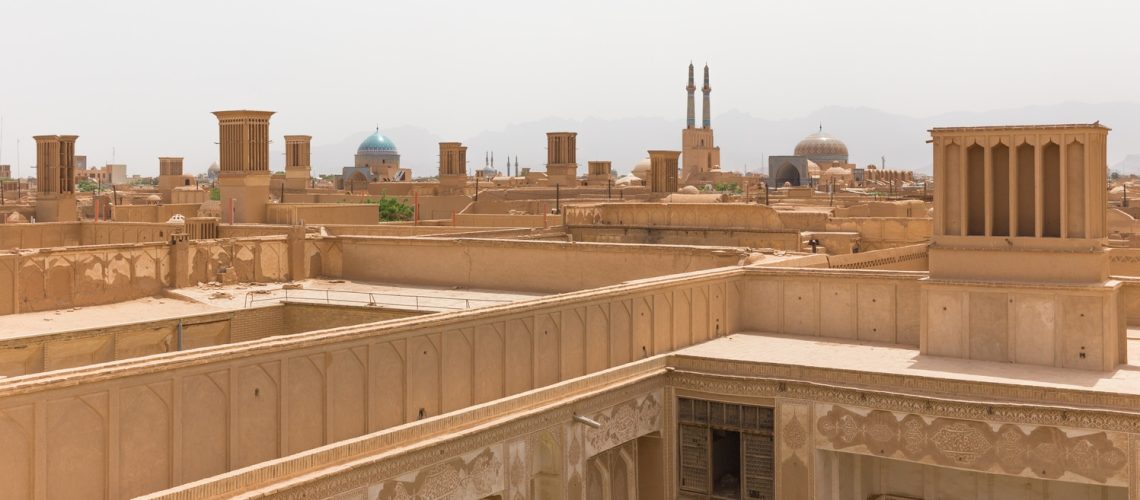You can find several buildings or homes with flat roofing in Calgary. Yet, what is it about that’s made it so commonplace? Where and when did this type of roof become popular? Learn everything you need to know about the origins of flat roofs here.
Why Flat Roofing in Calgary Exists Today

Origins of Flat Roofs
For the most part, some of the first homes and buildings were constructed with flat roofs. Flat roofs were typically found in dry climates, where infrequent rainfall and freezing temperatures were a rarity or non-existent. So, it was no wonder how flat roofs were common in places like the American southwest and the Middle East since the climates matched those ideal conditions. However, you can get a good idea of how far back they date based on flat roofs characteristic of the Egyptian, Persian, and Arabian styles of architecture.
Factors Towards Building Upon Flat Roofs
The early foundations of flat roofs used easily accessible materials such as leaves, straws, and branches. Creating a flat roof involved using those materials and pressing them into clay to fill the empty spaces and create a solid barrier for the top of homes and buildings. However, due to the limitations of materials used, a flat roof’s biggest flaw at the time was needing a basic drainage system.
Despite this flaw, it inspired the need to innovate on flat roofs in various ways—these range from using more durable, suitable materials for certain climates and structuring flat roofs differently. For instance, places experiencing snow benefit from a sloped roof to avoid leaks from seeping inside. Over time, these factors help facilitate the evolution of the flat roof, eventually leading it to become a staple type of roofing across the globe.
Foundation of Modern Flat Roofs
In 19th century America and Europe, modern flat roofs found popularity. By this time, better waterproof materials, like concrete and steel, were readily available. Various metals such as lead, tin, copper, and asphalt were deemed the most effective since they were durable for many years.
Once the late 1950s and 1960s rolled in, a notable material called mineral felt – bituminous felt roofing sheet – became popular since it was lightweight and affordable. However, its drawback was it’s prone to leaks. Thankfully, the issue was short-lived from using better materials like TPO, PVC and EPDM rubber roofing.
EPDM has been one of the most popular materials since the late 1970s and remains as such until this day. It makes sense since this material is cost-effective, with the lowest cost per square foot. TPO, or thermoplastic polyolefin, is another common material that modern flat roofs can use. Like EPDM, it’s also very durable and heat resistant since it is made of a vinyl composite. However, it’s a tad better since it offers a higher degree of UV protection and structural integrity, allowing it to support more weight.
With these new materials, modern flat roofing in Calgary wouldn’t have existed without innovations making it possible.
City Roofing & Exteriors consistently takes pride in serving Calgarians. At City Roofing, we understand the importance of customer satisfaction. We put safety, quality work and on time delivery as our top priority. We work hard to assist our customers in providing proper roofing systems to meet their budget and needs. We offer completed roofing services in Calgary and area on both residential and commercial projects. We guarantee that you will be satisfied with our work and recommend City Roofing as your roofing consultant and contractor. Give us a call at 403-608-9933 or send an email to [email protected].


